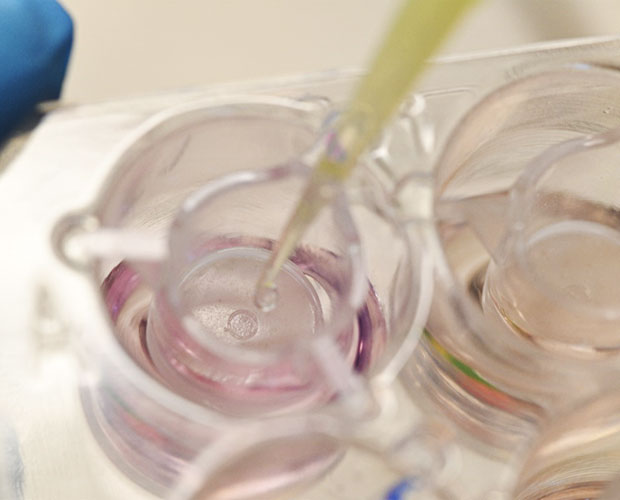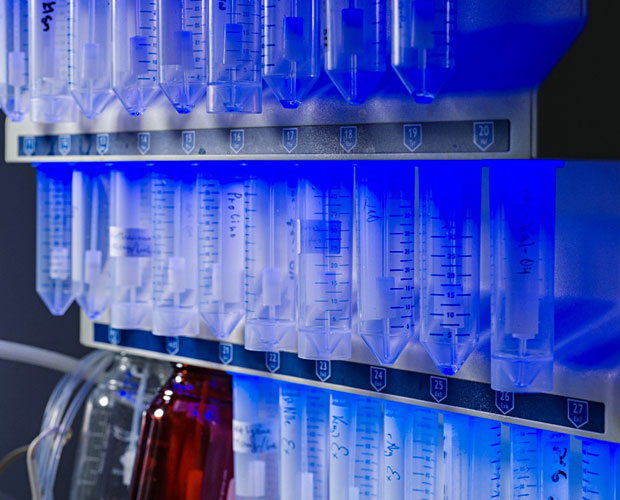SAPs4Tissue launched – human tissue models with customized biomaterials


Human tissue models instead of animal experiments? What is already possible for some questions still faces major hurdles for more complex contexts and applications. In a joint project of the Max Planck Institute for Polymer Research, Mainz, and the Translational Center for Regenerative Therapies at the Fraunhofer Institute for Silicate Research ISC, Würzburg, scientific principles and biomaterials for the standardized production of valid tissue models are to be developed.
Modern medicine increasingly relies on three-dimensional human tissue models in preclinical drug development. These represent an ethically unproblematic and often scientifically more meaningful alternative to animal testing. However, an important prerequisite for safe use in risk and efficacy testing of drugs is that these model systems are as close as possible to human tissue in terms of morphology and functionality.
This is precisely where the SAPs4Tissue project comes in: with the help of ordered molecular protein building blocks, the so-called peptide nanofibrils (SAPs), physiological environmental conditions of the cell are simulated in combination with biological polymers. Human cells see, so to speak, their "natural environment", the so-called extracellular matrix, a soft biopolymer matrix surrounding them. In addition, the molecular building blocks are provided with chemical groups that allow the material properties to be specifically influenced with the aid of external signals, such as light or the pH value. The researchers hope to use this resulting scaffold structure to transform human stem cells into specialized cells and grow them as functional tissues such as the intestine. This is possible through methods known as "tissue engineering", an interdisciplinary field of work that applies principles from engineering and life science for targeted tissue cultivation. The project will also systematically investigate the relationships between molecular signature, three-dimensional structure and tissue-specific function.
The project leaders, Dr. Christopher Synatschke, Dr. Tanja Weil (MPI Polymer Research), Dr. Marco Metzger and Dr. Daniela Zdzieblo (Fraunhofer ISC) are confident: "Bringing together the core competencies of biomaterials, stem cell biology and tissue engineering will produce a completely new class of scaffolds that will allow the standardized construction of different human tissues." Success of the work would not only further boost basic research in the field of tissue and disease development, but would also have significant socio-economic relevance through the replacement of animal testing and through more effective preclinical testing methods, which would have a direct positive impact on the costs for the healthcare system.
The SAPs4Tissue project is funded by the Fraunhofer-Gesellschaft and the Max Planck Society.
Contact
Dr. habil. Marco Metzger l Phone +49 931 31-86686 l marco.metzger@isc.fraunhofer.de | Fraunhofer Translational Center for Regenerative Therapies TLC-RT, Würzburg l www.tlz.fraunhofer.de
Dr. Christopher Synatschke l Phone +49 6131 379-260 l synatschke@mpip-mainz.mpg.de| Max Planck Institute for Polymer Research, Mainz l www.mpip-mainz.mpg.de
Last modified: